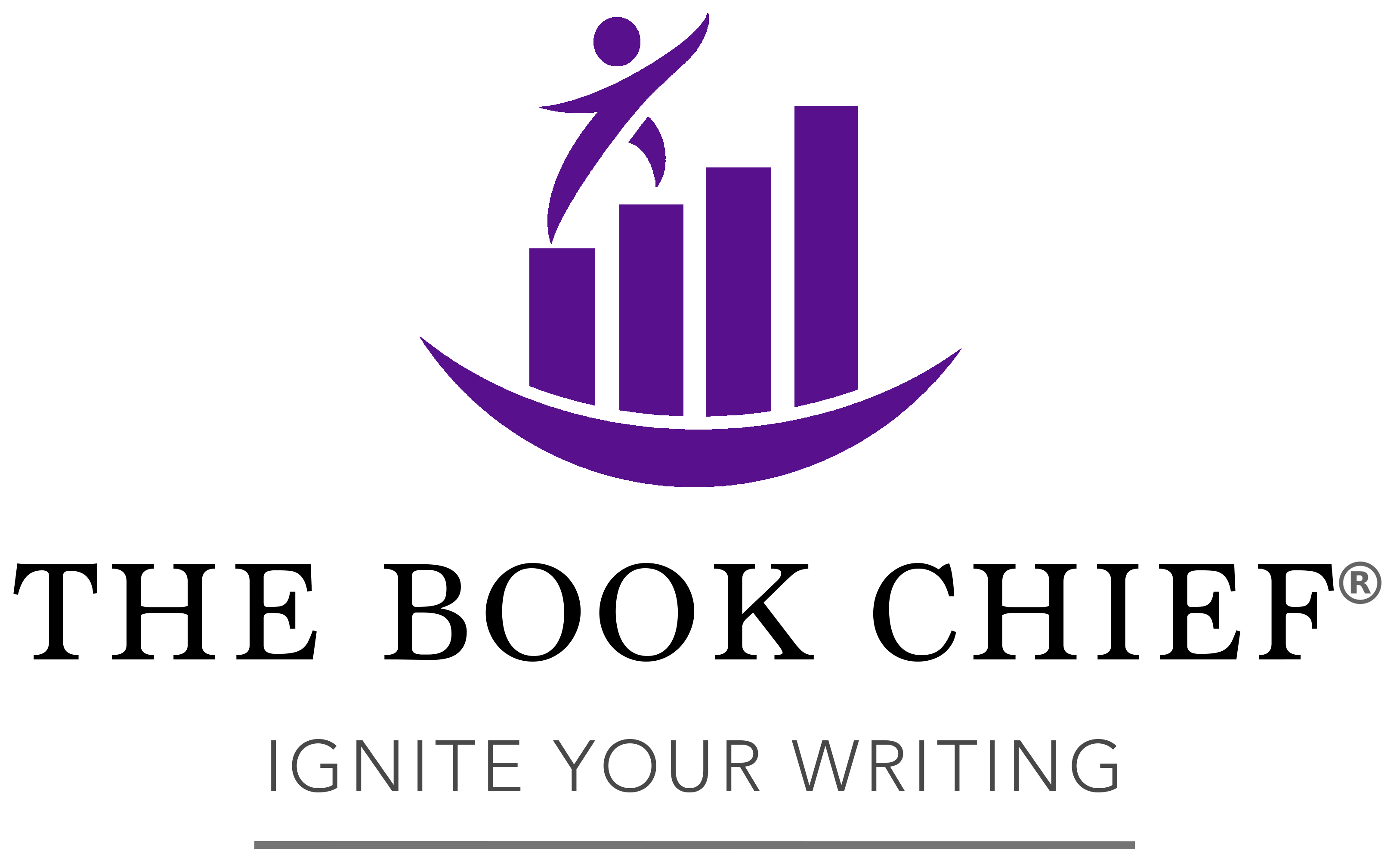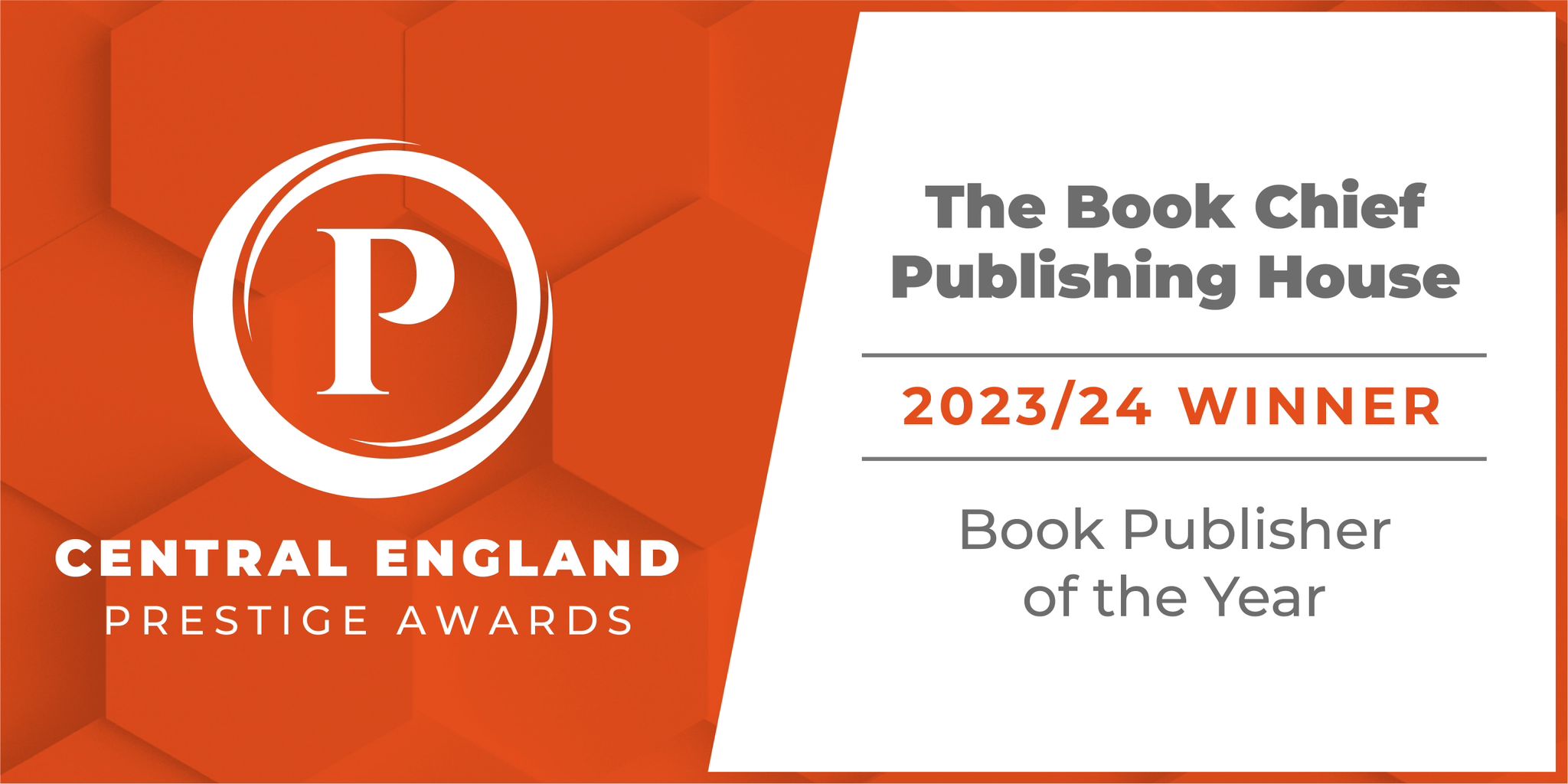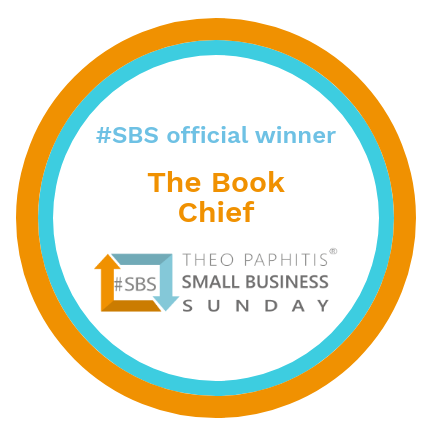Writing a children’s book for early readers is a joyful and fulfilling journey. These little books often spark a lifelong love of reading, and if you’re reading this, you probably want to make a difference in young lives without breaking the bank. Whether you’re a parent, teacher, storyteller, or writer with a tale to tell, here’s how to create a delightful early reader book, from the first word to holding the printed copy in your hands.
Step 1: Understand Your Audience
Early readers are typically aged up to around 8 years old and fall into two categories (0-4 and 4-8). The former is mainly made up of very simple language and lots of pictures. The latter is just transitioning from picture books and needs:
- Simple sentence structure
- Repetition to build confidence
- Phonetic language to support decoding
- Relatable characters (often children or animals)
- Big, bold illustrations that support the text
Think about stories involving everyday situations i.e. first day at school, losing a tooth, making a friend and give them a sprinkle of fun or magic.
Step 2: Write with Rhythm and Purpose
Keep it:
- Short and snappy: Aim for 300–800 words.
- Predictable: Repeating sentence structures like “The cat sat on the…” help new readers anticipate and learn.
- Phonetically friendly: Choose words that match phonics schemes (CVC words: cat, dog, pen).
- Illustration-aware: Write scenes that can be shown clearly in pictures.
📝 Tip: Read it aloud. If it’s fun to say, it’ll be fun to read.
Step 3: Plan Your Illustrations
You can:
- Draw your own illustrations if you’re artistic.
- Hire an illustrator if using a publisher, they will be able to source an illustrator for you.
- Use AI illustration tools (like Canva, Adobe Express, or even AI art generators) — many offer free or low-cost options.
- Public domain artwork can sometimes be adapted if you’re writing a story around classic themes.
A 36-page book typically includes 15-17 full spreads plus a front and back cover.
Step 4: Format Your Book
Tools like Canva, BookWright (by Blurb), or Affinity Publisher allow you to create print-ready layouts. Canva even has children’s book templates you can tweak easily.
💡 Stick to standard trim sizes for children’s books: 8.5″ x 8.5″ or 6″ x 9″ to keep printing costs low.
Step 5: Printing
For short runs or one-offs:
- Amazon KDP (Kindle Direct Publishing): Free to use, print-on-demand, and distributes to Amazon. No upfront costs.
- Lulu: Great for square formats, also print-on-demand.
- Blurb: Good quality, offers discounts, and useful for full-colour books.
For bulk printing (if you want to sell locally or at events):
- Mixam or IngramSpark offer good deals if you print 50+ copies.
- Local printers might match online prices, and you avoid shipping costs.
Pro tip: Always order a proof copy before printing in bulk.
Step 6: Distribute and Sell
Digital & Online:
- List your book on Amazon KDP; they handle printing, postage, and customer service.
- Offer an ebook version for tablets and phones.
- Create a simple website or landing page with links to buy.
Local & Personal:
- Sell at school fairs, library events, indie bookshops, or book fayres.
- Offer signed copies via your social media.
- Use Printify or Printful to create accompanying merchandise like bookmarks or colouring pages.
Offer a read-aloud video on YouTube or social media to promote it for free.
Final Thought
To ensure your book is produced to the best possible quality, consider using a publishing firm like The Book Chief who has illustrators and designers, who can create your vision and iron out all of the issues that sometimes arise through using publishing platforms.





